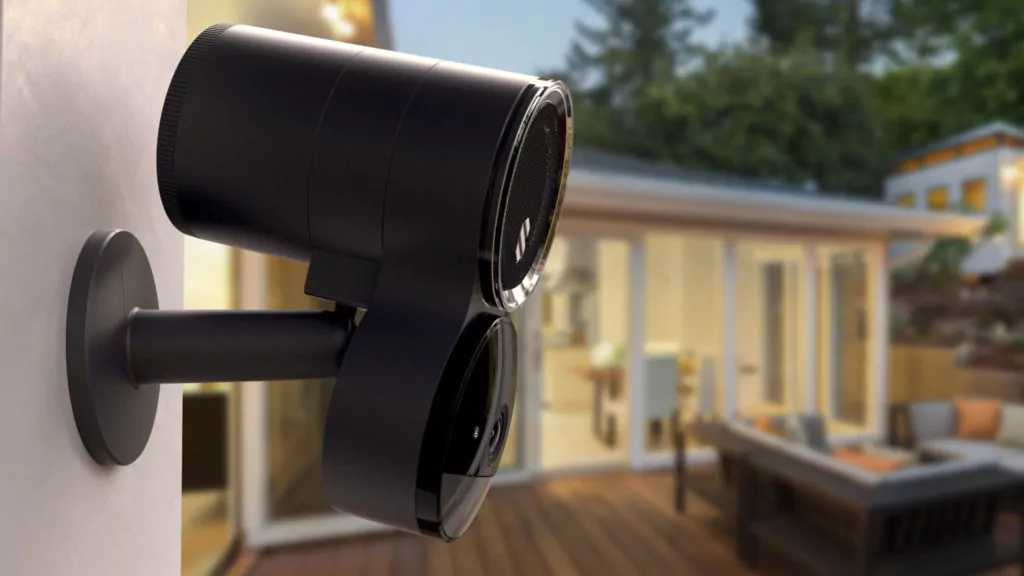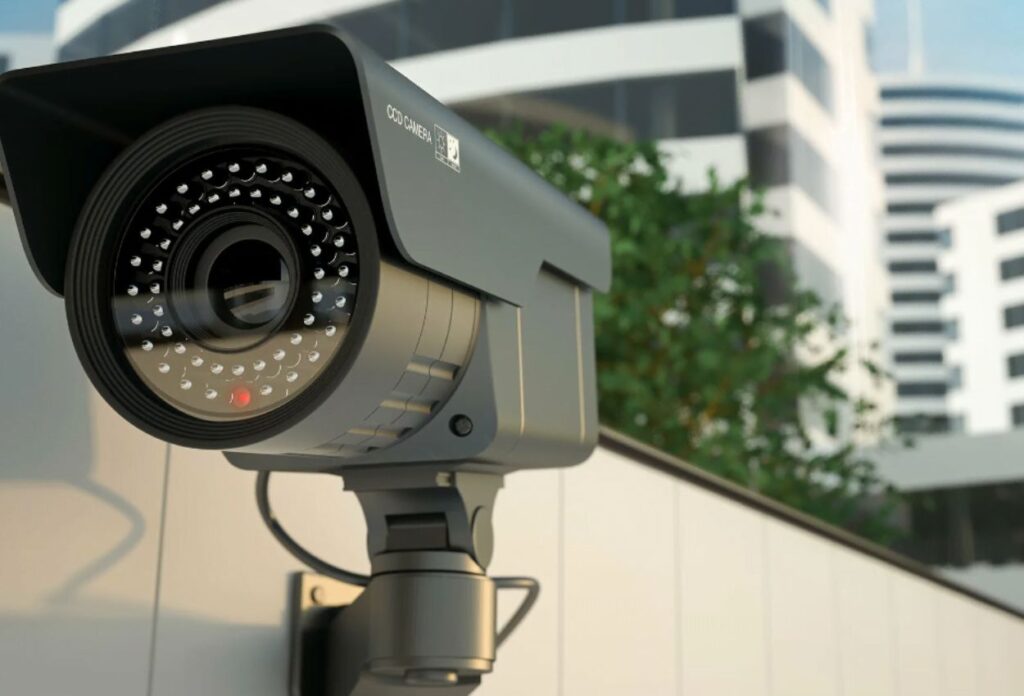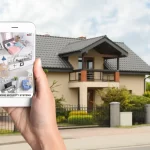I. Introduction
Physical security measures are often the first thing that comes to mind when considering home protection. These measures include things like alarm systems, locks, and surveillance cameras. While physical security measures are important, it is equally crucial to consider non-physical security measures for comprehensive home protection. Non-physical security measures focus on aspects such as cyber security, data protection, and personal safety. By understanding and implementing these measures, homeowners can enhance their overall security and mitigate potential risks.
II. Understanding Non-Physical Security Measures
A. Definition and Examples
Non-physical security measures refer to strategies and precautions that do not involve physical barriers or equipment. These measures typically focus on protecting intangible assets such as confidential information, personal data, and personal safety. Examples of non-physical security measures for home protection include:
- Cyber Security: Implementing firewalls, antivirus software, and secure Wi-Fi networks to protect against online threats such as hacking, identity theft, and intrusion attempts.
- Data Protection: Regularly backing up important files and storing them securely, ensuring password protection for all devices, and encrypting sensitive data to prevent unauthorized access.
- Personal Safety Measures: Installing security apps or services on smartphones, creating strong and unique passwords for accounts, and being cautious of sharing personal information online.
B. Advantages and Limitations
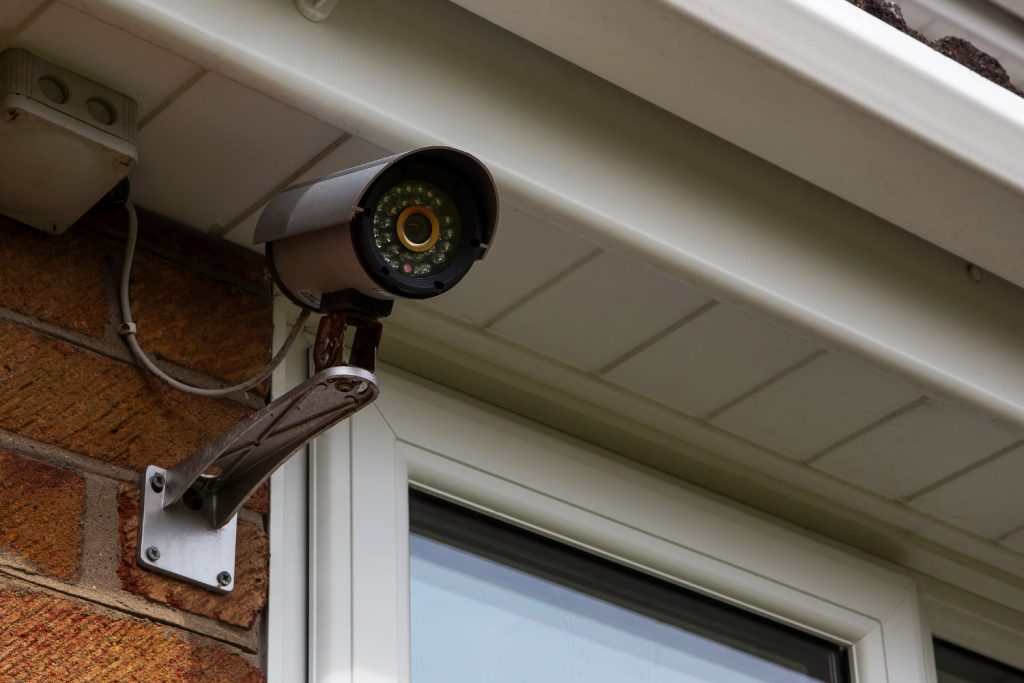
Non-physical security measures offer several advantages over traditional physical security measures. These include:
- Wide Coverage: Non-physical security measures can protect against a range of threats, including those that may not be directly related to home intrusions. This comprehensive approach enhances overall security.
- Cost-Effectiveness: Non-physical security measures are often more affordable than physical security measures, especially considering the long-term costs associated with maintenance and upgrades.
- Constantly Evolving: In the rapidly changing digital landscape, non-physical security measures can adapt to new threats and vulnerabilities by updating software, implementing patches, and staying informed about the latest security practices.
However, non-physical security measures also have limitations and considerations to keep in mind:
- Human Error: Non-physical security measures may be less effective if individuals fail to adhere to proper protocols or neglect to update software regularly. Proper education and training are essential to minimize the risk of human error.
- Integration Challenges: Integrating non-physical security measures with existing physical security systems may pose technical challenges and require specialized expertise. Consider consulting with professionals to ensure seamless integration.
- Constant Learning: The landscape of non-physical security measures is constantly evolving. Staying up-to-date with the latest practices, vulnerabilities, and emerging threats is crucial for maintaining an effective security strategy.
III. Non-Physical Security Measures for Home Protection
A. Cybersecurity Measures
In our increasingly digital age, home security extends beyond physical measures and into the realm of cybersecurity. Protecting your home network and devices from cyber threats is essential for safeguarding sensitive personal information and preventing unauthorized access. Here are some important cybersecurity measures you should implement:
- Importance of securing home networks and devices
Your home network is the foundation of your digital security. Securing it involves several steps, such as changing the default login credentials on your router, using a strong, unique password, and disabling remote access if not needed. Regularly updating your router’s firmware and using encryption protocols, like WPA2, further enhances the security of your network.
Similarly, securing your devices – computers, smartphones, smart home devices, etc. – involves keeping them up to date with the latest security patches and firmware updates. Many cyberattacks target outdated software vulnerabilities, so regular updates are essential.
- Utilizing strong passwords and two-factor authentication (2FA)
The importance of strong, unique passwords cannot be overstated. Weak passwords are easily guessed or compromised, thereby jeopardizing the security of your network and devices. Create complex passwords that include a mix of upper and lowercase letters, numbers, and symbols. Additionally, consider using a password manager to store your passwords securely.
Two-factor authentication adds an extra layer of security by requiring a second form of verification, usually a verification code sent to your mobile device, in addition to your password. Enable 2FA wherever possible to protect against unauthorized access to your accounts.
B. Security System Monitoring and Alarm Services
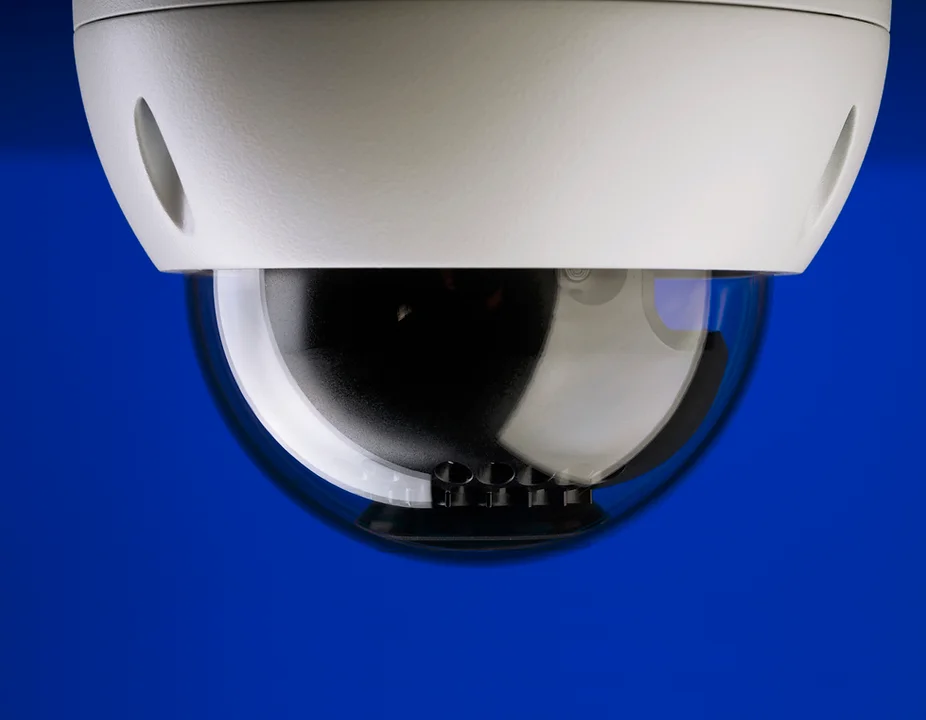
While physical security measures like locks and alarms are important, they can be enhanced through the use of professional monitoring services. These services add an extra layer of protection and ensure a rapid response to any security breach. Here’s why they are worth considering:
- Role of professional monitoring services
Professional monitoring services involve a third-party security company constantly monitoring your security system for any signs of intrusion or unauthorized entry. When an alarm is triggered, the monitoring company is alerted, and they can initiate a response, such as dispatching emergency services or contacting you to verify the situation.
- Integration with security systems and emergency response
Professional monitoring services integrate seamlessly with your existing security system. This allows for real-time monitoring and immediate response in case of an emergency. They can also provide additional features like remote access to your security system via mobile apps, allowing you to monitor and control your home security from anywhere.
C. Surveillance and Video Monitoring
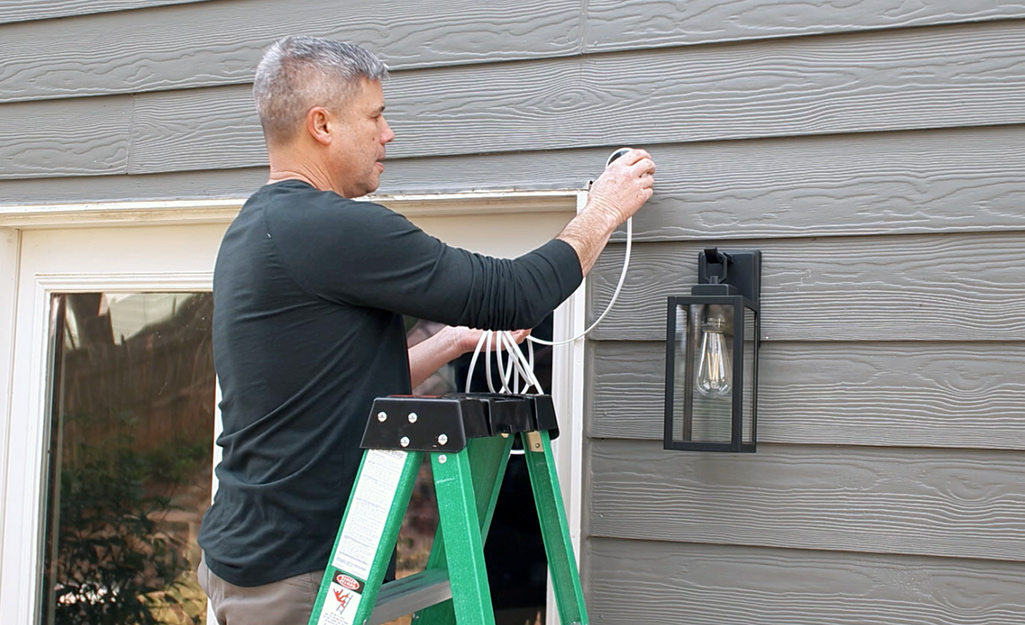
Surveillance systems and video monitoring have become increasingly popular for home security. They provide an added layer of protection by acting as a deterrent and providing evidence in the event of a security breach. Here’s how you can utilize these measures effectively:
- Installation of security cameras
Installing security cameras at strategic locations around your home provides visibility and surveillance. Common areas to consider include entrances, driveways, backyards, and high-risk areas such as windows or blind spots. Opt for cameras with high-resolution capabilities, night vision, and wide-angle lenses for optimal coverage.
- Cloud storage and remote access
Cloud storage allows you to store video footage securely off-site. This ensures that even if the cameras are tampered with or stolen, the recorded footage remains intact. Additionally, cloud storage enables easy access to video recordings from remote locations, giving you peace of mind and the ability to review footage in case of an incident.
IV. Complementary Physical Security Measures
A. Importance of Physical Security Measures
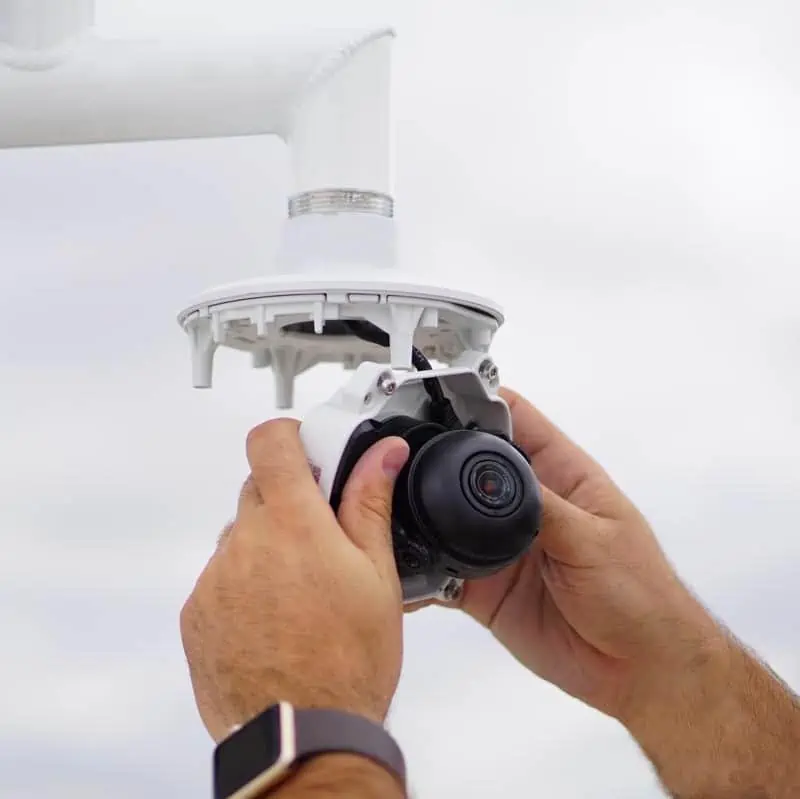
While non-physical security measures like cybersecurity and monitoring services are crucial, they work best when complemented by physical security measures. Physical security measures are tangible measures that physically impede unauthorized access and deter potential intruders. Here’s why they are essential:
- Definition and examples
Physical security measures include securing entry points, such as doors and windows, using locks, deadbolts, and reinforcements. Other examples include the use of safes, security bars or grilles, and the presence of a security guard or watchman.
- How physical security measures work in combination with non-physical measures
Physical security measures work hand in hand with non-physical measures to create comprehensive and effective home security. Cybersecurity measures protect your digital assets and sensitive information. Monitoring services keep a close eye on your security systems. And physical security measures physically deter and impede potential intruders, reinforcing the barriers to entry and increasing the overall security of your home.
B. Recommended Physical Security Measures
While the specific physical security measures required may vary depending on your particular circumstances, there are some general recommendations that can enhance the security of your home:
- Proper use of locks and deadbolts
Ensure that all doors leading into your home are equipped with high-quality locks. Deadbolts offer an extra layer of security and are highly recommended. Install locks on all accessible windows as well, making sure they are securely locked when not in use.
- Reinforcing doors and windows
Consider reinforcing entry points by installing security bars or grilles. These physical barriers make it more difficult for intruders to gain access to your home and act as a visual deterrent. Additionally, reinforce weak points, such as door frames and hinges, with longer screws or metal plates.
C. Alarm Systems and Physical Deterrents
Audible alarms and visual deterrents play a vital role in securing your home. They not only alert you and others nearby of an intrusion but also act as a deterrent, dissuading potential intruders from targeting your property. Here’s how you can utilize these physical measures:
- Audible alarms
Installing audible alarms inside and outside your home can scare off intruders and alert you and your neighbors of a possible break-in. Modern alarm systems often come with multiple sensors, including magnetic contacts on doors and windows, motion sensors, and glass break sensors.
- Visual deterrents
Signage indicating the presence of a security system or surveillance cameras can act as a strong visual deterrent. Potential intruders will think twice before targeting a home that appears well-protected. Additionally, using motion sensor lighting around your property can help illuminate dark areas and deter unauthorized activity.
In conclusion, non-physical security measures like cybersecurity, monitoring services, and surveillance play a crucial role in securing your home. However, they are most effective when combined with complementary physical security measures. By implementing physical measures such as proper use of locks and deadbolts, reinforcing doors and windows, and installing alarm systems and physical deterrents, you can create a robust and comprehensive home security system. Remember, the goal is to deter potential intruders, detect any breaches, and respond quickly and effectively to ensure the safety and protection of your home and loved ones.
